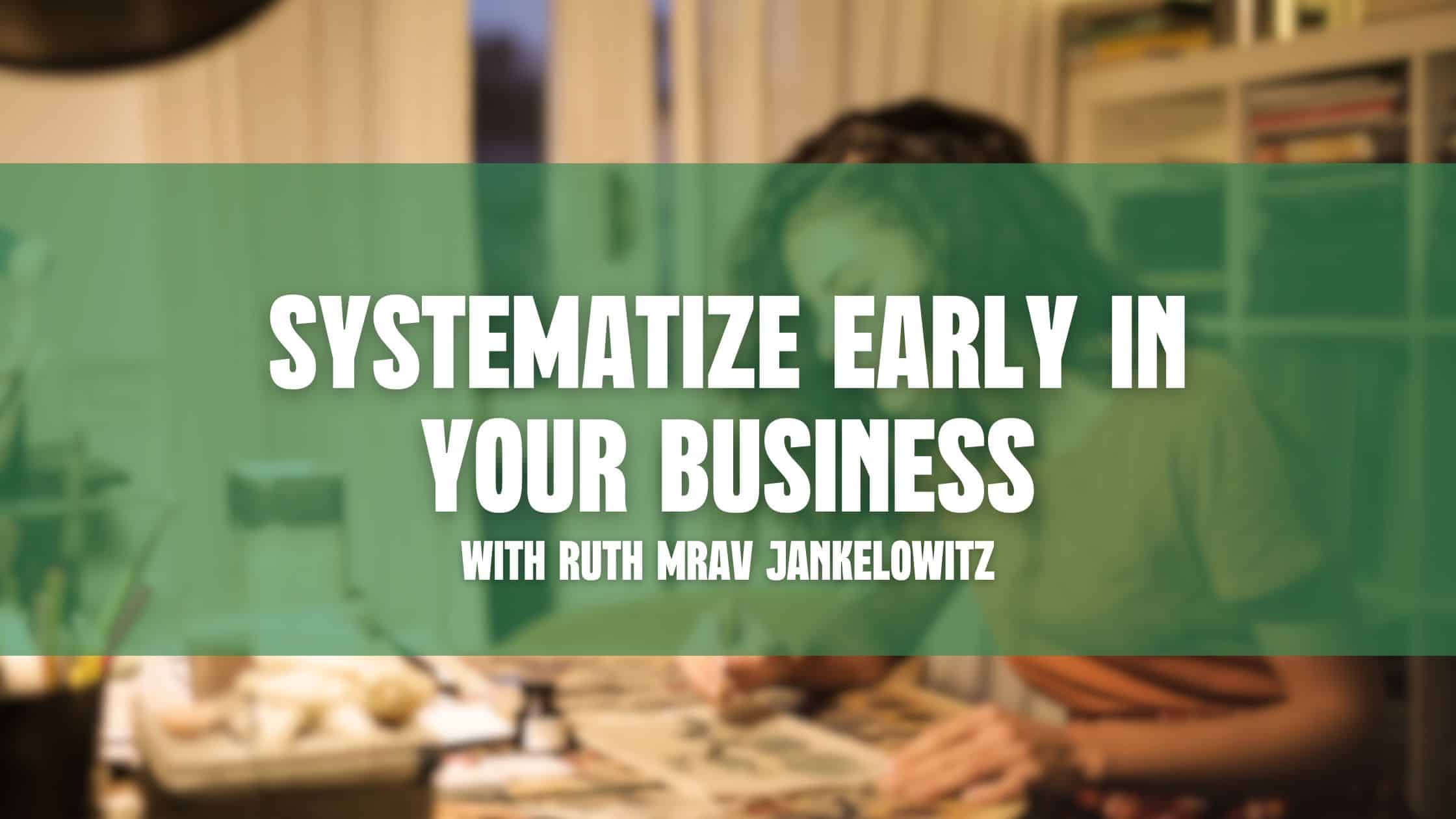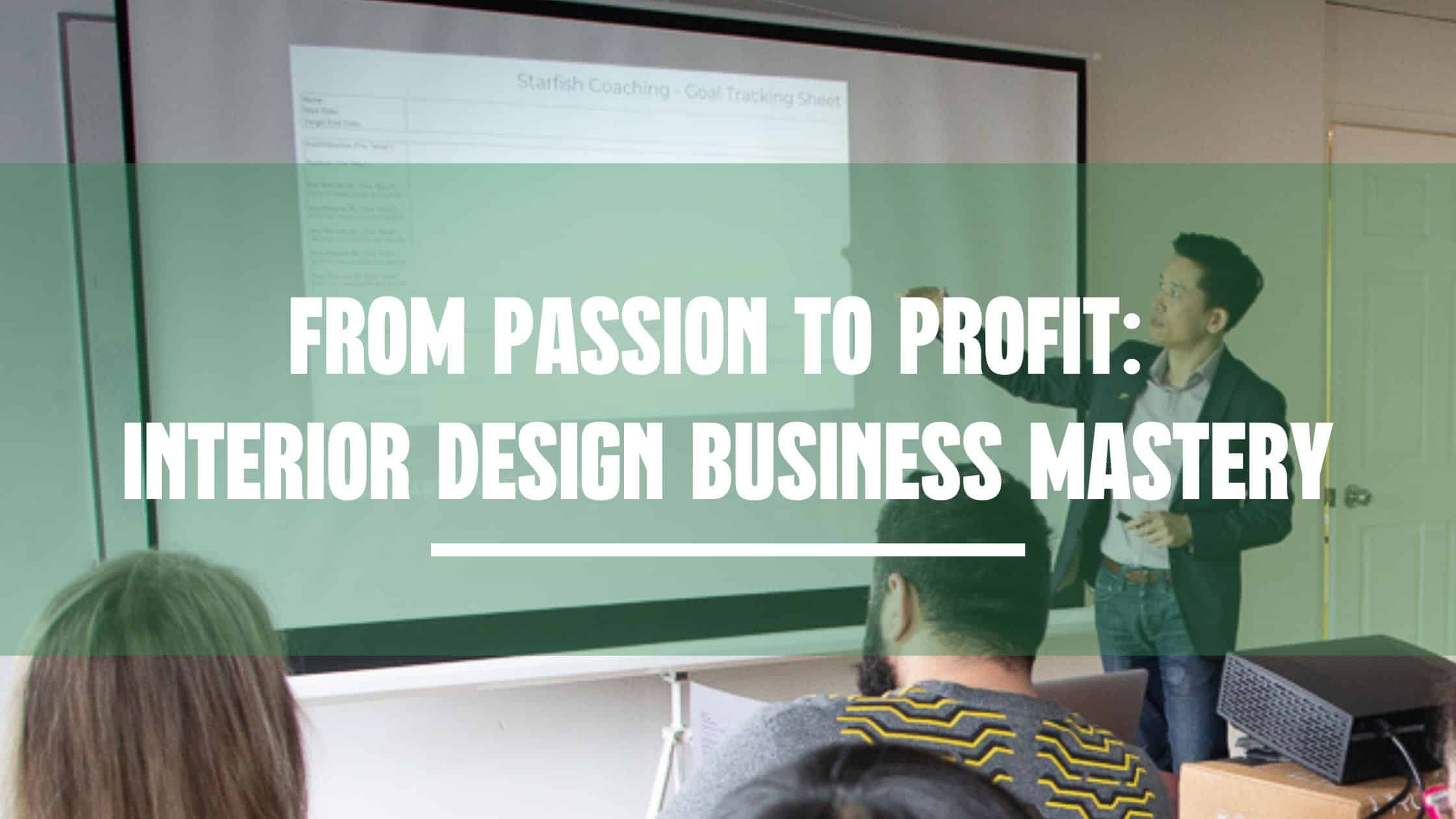
From Passion to Profit: Interior Design Business Mastery
Starting an interior design business can be an exciting and rewarding venture for those with a passion for creativity and design. With the guidance of an Interior Design Business Coach, this article will provide a comprehensive guide on how to start and succeed in the interior design industry.
Explore the importance of passion and purpose, conduct market research, define your target audience, create a strong brand, develop a business plan, implement effective marketing strategies, build client relationships, manage finances, and scale your business for long-term success.

Passion and Purpose
A. Importance of Passion and Purpose in Business
Passion and purpose are essential components of any successful business. They provide the drive and motivation needed to overcome challenges, persevere through difficult times, and achieve your goals. For interior designers, passion and purpose are particularly crucial because they are responsible for creating environments that impact people’s lives.
B. Identifying Your Passion and Purpose
Identifying your passion and purpose is a crucial step in starting an interior design business. It involves introspection and reflection on what motivates and inspires you. You should ask yourself what kind of spaces you enjoy creating, what aspects of design excite you, and what values you want to embody in your business.
C. How Passion and Purpose Impact Your Business
Passion and purpose can influence your business in various ways. They can guide your decision-making process, inspire your design choices, and help you connect with clients who share your values. By aligning your business with your passion and purpose, you can create a unique brand that sets you apart from your competitors.
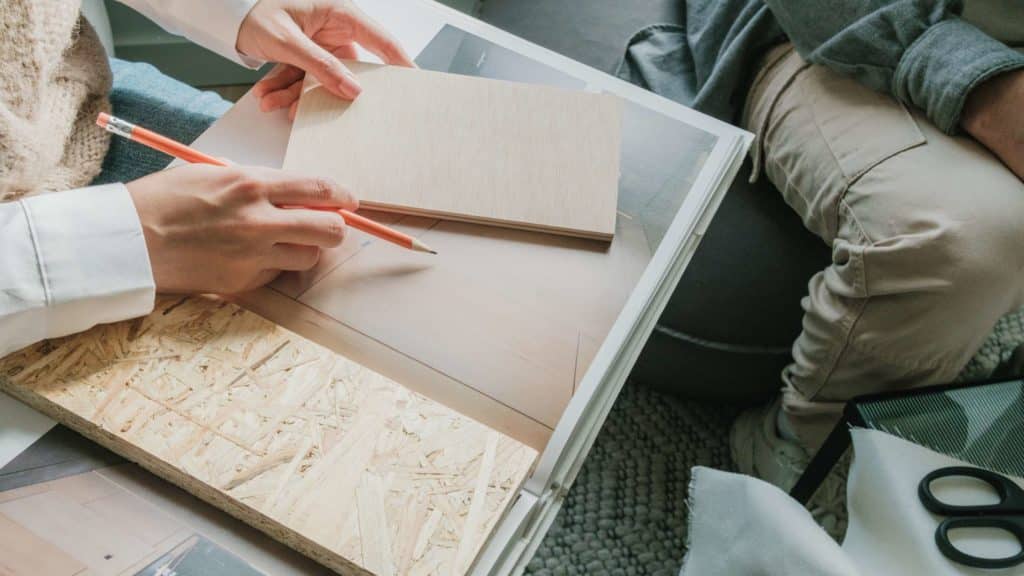
III. Market Research and Target Audience
A. Importance of Market Research
Market research is a critical step in starting an interior design business. It involves gathering and analyzing information about your target market, including their preferences, needs, and buying behavior. This information can help you create a business that meets the needs of your target audience and sets you apart from your competitors.
B. Identifying Your Target Audience
Identifying your target audience is a crucial step in starting an interior design business. Your target audience is the group of people who are most likely to buy your services. To identify your target audience, you should consider factors such as age, gender, income, location, and lifestyle.
C. Creating a Customer Persona
Creating a customer persona is a useful tool for understanding your target audience. A customer persona is a fictional character that represents your ideal customer. It includes information about their demographic, psychographic, and behavioral characteristics, which can help you tailor your marketing and design efforts to their needs.
D. Analyzing Your Competition
Analyzing your competition can provide valuable insights into the interior design industry. By studying your competitors’ strengths and weaknesses, you can identify opportunities for differentiation and innovation. You can also learn from their mistakes and avoid making the same errors in your business.
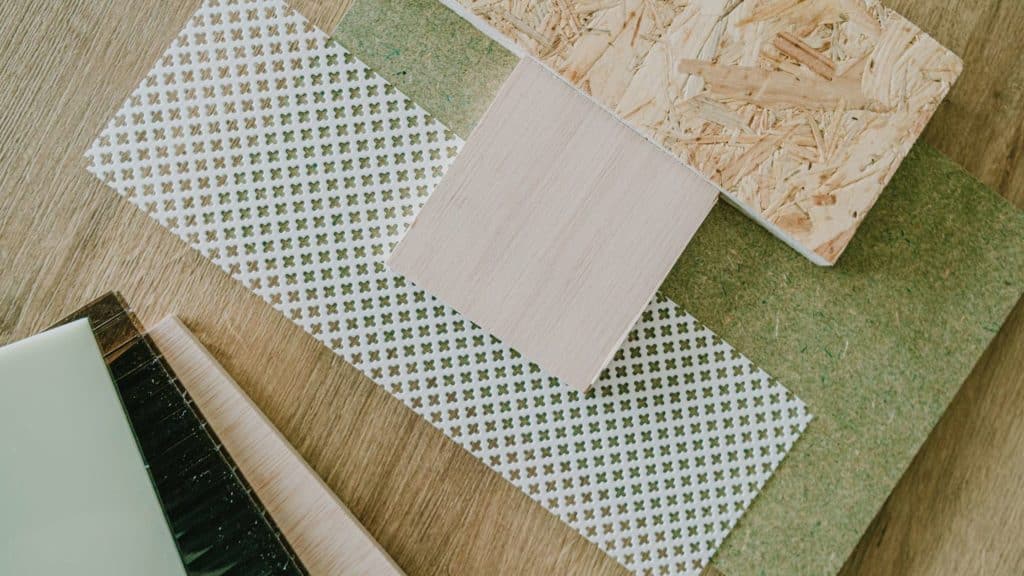
IV. Creating Your Brand
A. The Importance of Branding in Business
Branding is one of the most critical aspects of any business, including an interior design business. Your brand is how you represent yourself to the world and how potential clients perceive you. It’s essential to create a strong and unique brand that sets you apart from the competition.
B. Identifying Your Unique Selling Proposition (USP)
Identifying your unique selling proposition (USP) is critical to building a brand that sets you apart from your competitors. Your USP is what makes you different from everyone else in the industry. Think about what you can offer that your competitors can’t, and focus on that in your branding.
C. Creating a Brand Identity
Creating a brand identity is the process of visually representing your brand to the world. It includes things like designing a logo, choosing a color scheme, and creating a brand style guide. Your brand identity should reflect your unique selling proposition and be consistent across all marketing channels.
D. Developing a Brand Message
Your brand message is the core message that you want to communicate to your target audience. It should be clear, concise, and communicate your unique selling proposition. Your brand message should be incorporated into all aspects of your business, including your website, social media, and marketing materials.
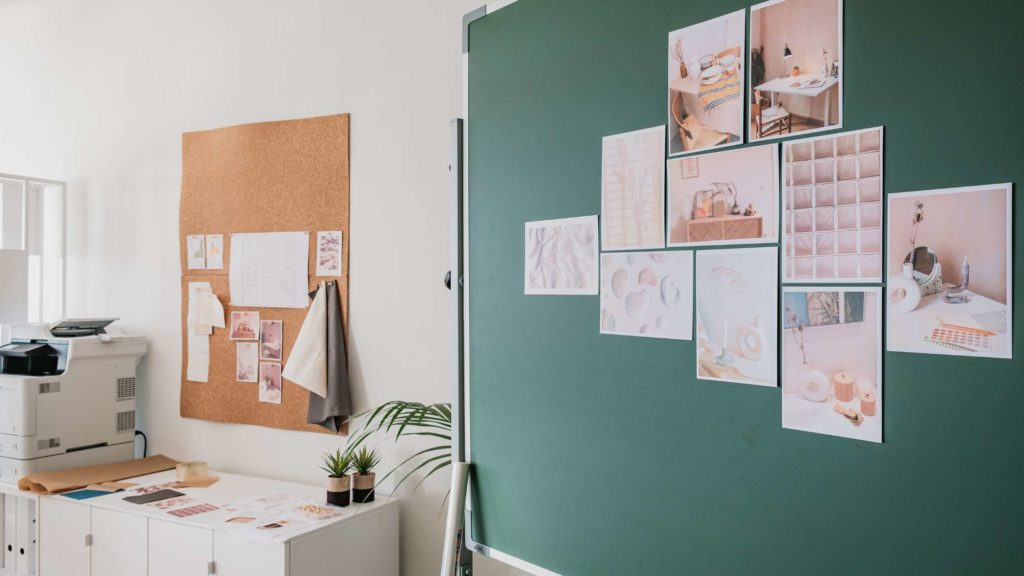
VI. Marketing and Promotion
Marketing and promotion are essential components of running any successful business, including an interior design business. It involves the use of various marketing channels to reach out to potential clients and promote your brand. Creating a marketing plan is the first step to developing a successful marketing strategy. This plan should outline your goals and objectives, target audience, budget, and timelines.
Identifying the right Channels
Identifying the right marketing channels is critical to your success. Social media, email marketing, and content marketing are all popular channels that can be effective for an interior design business. Social media is an excellent platform to showcase your work and engage with potential clients. You can also use it to build your brand by sharing your values and vision.
Email Marketing
Email marketing is another powerful tool that can help you reach out to potential clients and build relationships with existing ones. You can use it to promote your services, share valuable content, and provide updates on your business.
Content Marketing
Content marketing involves creating and sharing valuable content that is relevant to your target audience. This can include blog posts, videos, infographics, and more. By providing valuable content, you can establish yourself as an expert in your field and build trust with potential clients.
The Interior Design Business Accelerator is a comprehensive online course that is designed to help interior designers build and grow their businesses. This course stands out from the rest as it involves one-on-one sessions with award-winning designer Eric Lee, who shares his expertise and experience in the industry.
Through this program, students learn the ins and outs of running a successful design business, from branding and marketing to financial management and client relationships. The personalized attention from Eric Lee ensures that students receive tailored guidance and support to accelerate their business growth. With a wealth of resources and tools, the Interior Design Business Accelerator is a must-have for any designer looking to take their career to the next level.

VII. Sales and Client Relationship Building
Sales and client relationship building are crucial to the success of an interior design business. Understanding the sales process is essential to converting leads into clients. It involves identifying the needs of the client, demonstrating the value of your services, and addressing any objections they may have.
Building strong client relationships is also critical. This involves going above and beyond to provide exceptional customer service, communicating effectively, and establishing trust. By building strong relationships with your clients, you can increase the likelihood of repeat business and referrals.

VIII. Managing Your Finances
Managing your finances is essential to the success of your business. It involves creating a budget, tracking your expenses, and pricing your services effectively. A budget can help you plan and allocate your resources effectively, while tracking your expenses can help you identify areas where you can cut costs.
Pricing your services can be a challenging task. You need to balance your costs with what your clients are willing to pay. It’s essential to understand the value of your services and the competitive landscape to determine your pricing strategy.

IX. Scaling Your Business
Scaling your business involves identifying growth opportunities and developing a growth strategy. This can include expanding your services, entering new markets, or hiring and managing employees. It’s essential to have a solid understanding of your business operations and financials before scaling.
Developing a growth strategy involves identifying your goals, establishing timelines, and creating a plan to execute your strategy. Hiring and managing employees to grow your design business can also be a significant challenge. It’s essential to find the right people who share your vision and values and provide them with the support they need to succeed.
Starting an interior design business can be challenging, but with the right mindset, passion, and planning, you can succeed. By following the steps outlined in this article, you can develop a successful interior design business that reflects your unique vision and values.
In conclusion, mastering the art of interior design business requires passion, purpose, market research, branding, business planning, marketing, sales, client relationship building, financial management, and scaling. With dedication and hard work, you can create a thriving interior design business that helps you achieve your goals and fulfills your vision.





